Jonathan Dodd‘s latest column. Guest opinion articles do not necessarily reflect the views of the publication. Ed
I’ve been thinking about eyes. I have a reason for this, but that’s another story. I’ve noticed how extraordinary our eyes are, and gazing at pictures and diagrams of the structure of the eye made me realise just how much I know and don’t know about them.
Our eyes work like our cameras and video recorders. Or I should really say that our cameras and video recorders are constructed by us in a way that resembles the functionality of our eyes. We use our brilliant engineering and technology to mimic the behavior of these eyes that are stuck in the front of our faces.
The discoveries of genius heroes
Occasionally our technological brilliance works better than our eyes, but generally we’re just catching up. I’ve taken to using my mobile phone, which has a 20x zoom, to study close-up things that my eyes aren’t capable of seeing at such distance and with such detail. If I had binoculars I’d use them, but the phone’s easier, and I can take pictures and videos with that to look at later.

But apart from that, I can’t think of anything as yet that our technology does that is as good as our eyes. And besides, we had to make these wonders, building patiently on thousands of years of engineering and scientific exploration and curiosity and plain hard work. Not to mention the discoveries of genius heroes along the way.
Fully-formed and full-sized when we’re born
As far as I know (and I’m sure someone will correct me if I’m wrong), our eyes are the only part of us that are fully-formed and full-sized when we’re born, and they don’t change throughout our life, apart from getting a bit tired in old age. Everything else grows and changes shape and adapts to different lifestyles, but our eyes just keep going right from the start.
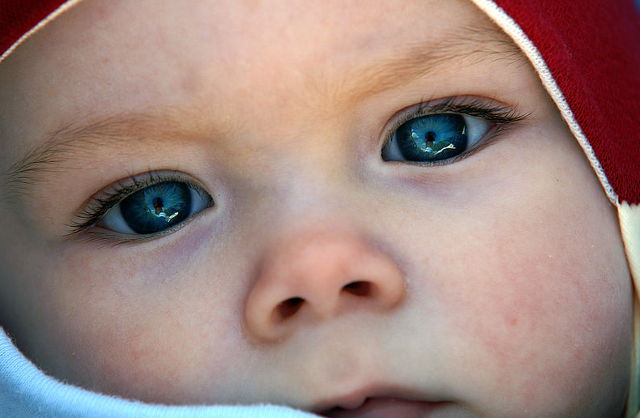
Our eyes have a tough outer skin that retains its shape partly because they fit perfectly the sockets in our skulls that have developed at the same time to accommodate them. They also produce fluid that fills the inside at exactly the right pressure to prevent the shape warping. There’s a special domed area at the front with skin that’s transparent so that the light can get in.
The correct amount of light
The front of the eye is protected and kept clean by our eyelids, which prevent bad substances from getting in, and constantly wash the sensitive skin with oily fluid. Whenever some alien object or irritating chemical bothers the surface of the eye, there’s an immediate response of fluid to help wash it out. There are muscles all around the eyeball that help anchor it in the socket, and that are used to move it towards objects so they can be seen. These muscles work in perfect unison for both eyes.
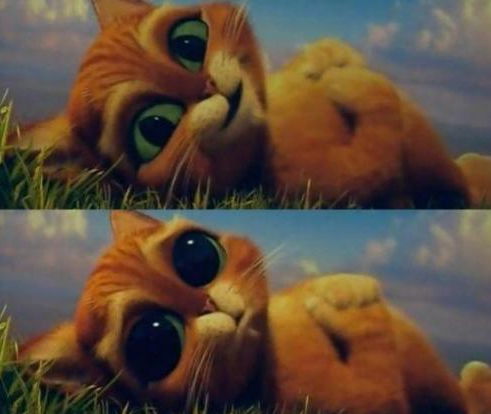
Inside, there’s a lens, anchored by a ring of muscle between the body of the eye and the clear dome in front. These muscles stretch the lens so that we can study objects near or far at will. There’s even a shutter called the iris, whose job is to make sure the correct amount of light enters the eye. This opens up in the darkness, and becomes much smaller in bright light.
There is actually no such thing as colour
Inside the cavity of the eyeball, the inner skin is lined with cells that recognize light of a particular spectrum wavelength that we think of as colour. There is actually no such thing as colour, just different wavelengths. Our whole idea of colour is created by our brains because different cells react to different wavelengths and all the information is collected and interpreted to make an image inside our heads.
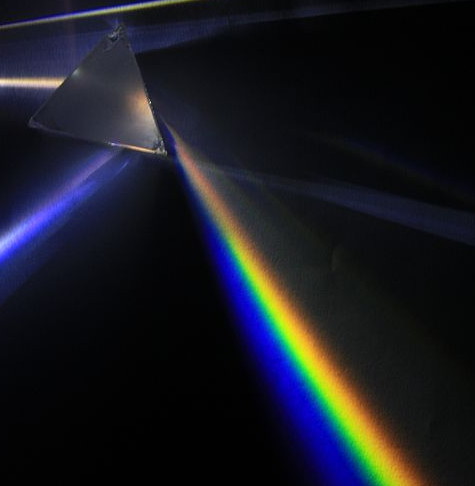
All these cells are connected to the brain by very long nerve cells that transmit electrical messages directly to the brain. These nerve cells all collect together and join at the back of the eyeball where there’s a small hole, and they make up the optic nerve which goes into the brain and then separates into its uncountable individual elements again so the brain can turn it all into pictures.
Our eyes are extraordinary machines
Each of these optical cells needs nutrients to work properly, so through this tiny hole enters an artery which distributes vital oxygen and other chemicals to each of these cells, and there’s a vein that collects all the waste products and takes them away, through the same hole.
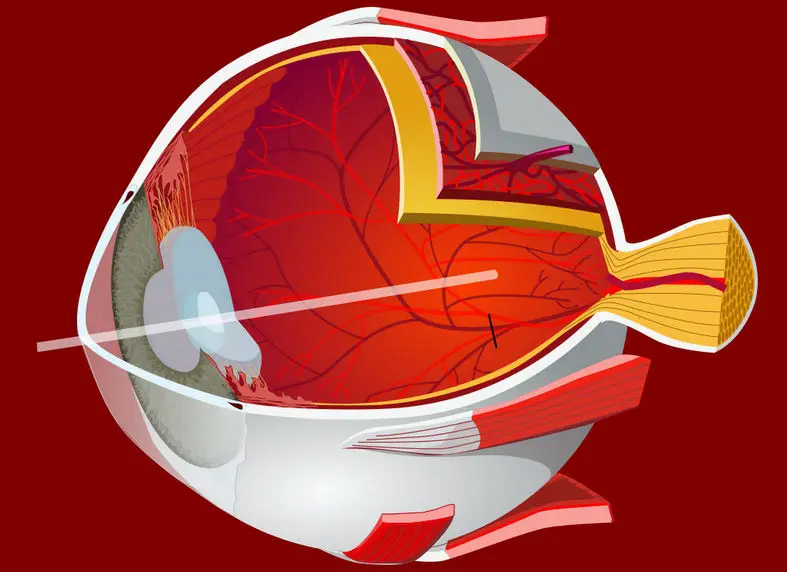
Our eyes are extraordinary machines. They’re delicate and yet really tough. They’re built to last. But they’re also part of our faces, and as such a vital part of the equipment we have to communicate with others. There’s a saying that our eyes are the windows to our souls. We use our facial expressions to send messages to other sentient beings. How we make our eyes look as part of this process is amazingly subtle.
CGI characters are able to show real subtlety in their expressions
We have always known about this, but we’ve never been able to study it properly. We now know that our eyes move in different directions when we’re thinking or imagining, and whether we’re seeing or feeling in our minds. We’re seriously studying and capturing this for the first time. If you’ve been amazed by the way CGI characters are able to show real subtlety in their expressions, it’s because of research which maps every muscle in our faces when we react or wish to express ourselves.
![]()
I’ve been looking at pictures and charts of our eyes, and the thing that strikes me is the pure genius of the design. I’m filled with awe at the magnificence of the gift of sight and the equipment we have at our disposal to use it. And then I’m struck with awe at the wonderful evidence of evolution, finding such an ingenious way of providing information about any creature’s environment.
We are awesome machines with consciousness
Faced with such beauty and complexity, one might be forgiven in imagining that such a thing could not possibly have evolved entirely naturally, and that it could only have been designed. But equally, the idea of it all simply evolving by hit and miss over innumerable generations and through many differing environmental pressures can be equally awe-inspiring.
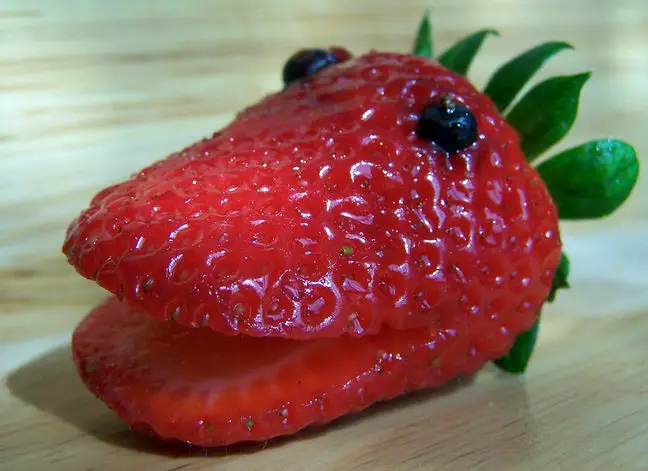
I can understand both sides of this discussion, whether we just evolved or whether we were made, and if so, by what or whom, and in what way or whose image. The thing is that we are here and we are awesome machines with consciousness. There is no evidence that proves either that we only evolved or that we were actually engineered. I’ll repeat that. There is no evidence either way.
Absolute truth that one god or other did actually do it all
I do believe that each of us is predisposed to believe one thing or another. Faced with such exquisite beauty and brilliance, we either want to celebrate it as a natural wonder, or we want to attribute it to something greater than ourselves. How we react and what scenario we choose to believe is our own choice. Who knows whether there might be absolute truth that one god or other did actually do it all? If there is such a thing somewhere, everyone who believes in one version or another will just have to wait for it to be revealed.
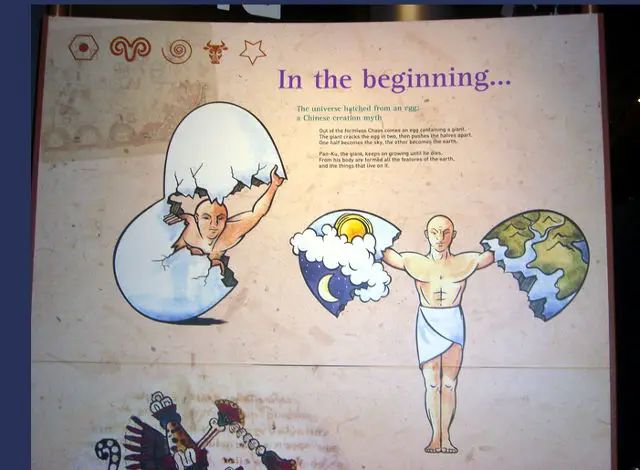
I’m quite comfortable with anyone choosing to have faith in one version or other, but what puzzles me is the vehemence with which some of us take hold of our own particular version of this story, to the point where we’re willing against all reason to spread misery and darkness and commit atrocities in its name.
Our world is infinitely complex and beautiful and wonderful
Why do we do that? Surely we can see with our eyes that our world is infinitely complex and beautiful and wonderful, and that each of our fellow humans is yet another manifestation of the glory and joy of Life itself.
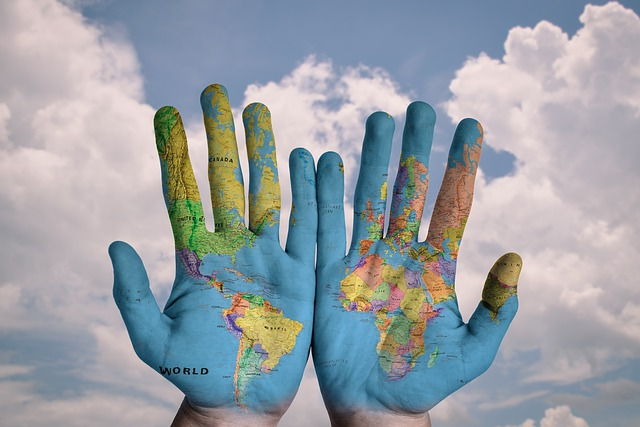
We should open our eyes to the beauty around us and start to celebrate everything, because we’re so lucky to live in such a glorious place full of unimaginable diversity. And we’re only just beginning scrape the surface of all there is to discover.
If you have been, thank you for reading this.
Image: www.gratisography.com under CC BY 2.0
Image: FirmBee under CC BY 2.0
Image: Russavia under CC BY 2.0
Image: pharynroller360 under CC BY 2.0
Image: D-Kuru under CC BY 2.0
Image: Chabacano under CC BY 2.0
Image: jmgarciad under CC BY 2.0
Image: martinofranchi under CC BY 2.0
Image: andybullock77 under CC BY 2.0
Image: stokpic under CC BY 2.0





